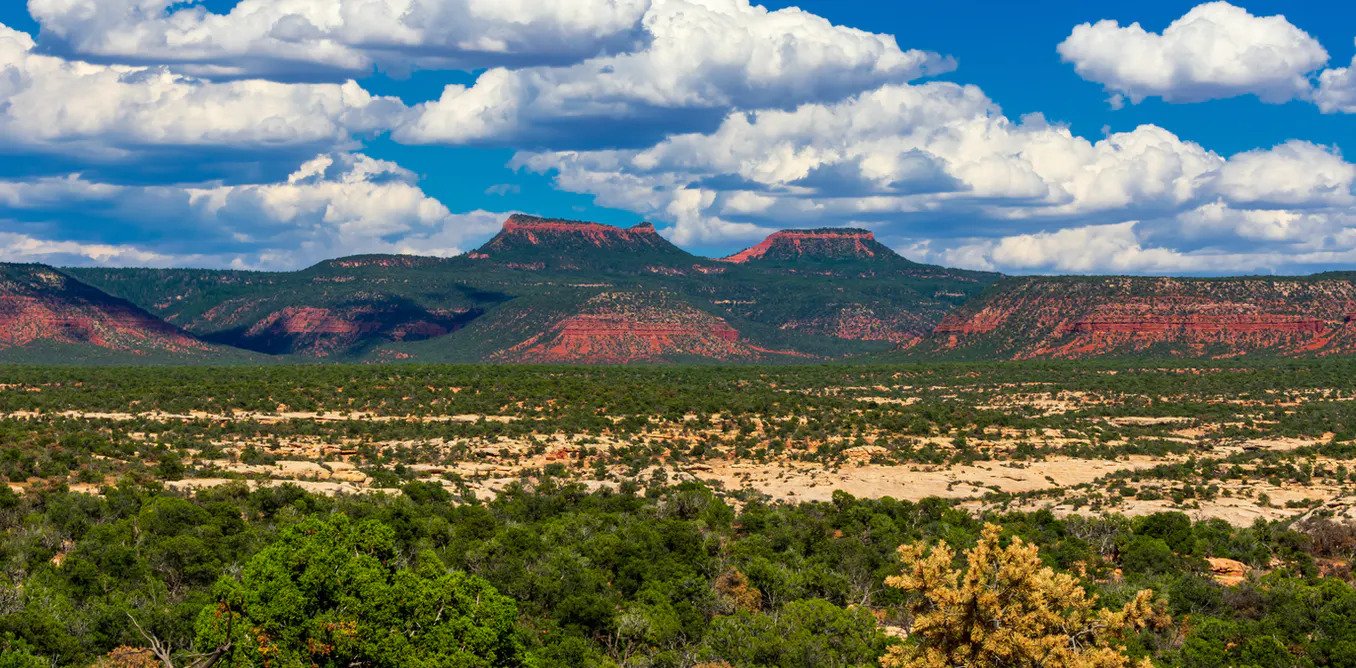
The twin buttes that give Bears Ears National Monument in Utah its name are sacred places to many Indigenous Tribes and Pueblos. T. Schofield, iStock via Getty Images
–![]() By Jennifer Weeks, Senior Environment + Energy Editor, The Conversation
By Jennifer Weeks, Senior Environment + Energy Editor, The Conversation
2021 Oct 09
–
On 2021 Oct 07, the Interior Department announced that President Biden was restoring protection for three U.S. national monuments that the Trump administration sought to shrink drastically: Bears Ears and Grand Staircase-Escalante in Utah, and Northeast Canyons and Seamounts in the Atlantic Ocean. President Trump’s 2017 orders downsizing these monuments, originally created by previous administrations, ignited debate over whether such action was legal. Here are five articles from our archives that examine this controversy.
1. A law rooted in presidential power
Presidents can designate lands as national monuments quickly, without seeking consent from Congress, under the 1906 Antiquities Act. Congress passed the law to protect historically valuable archaeological sites in the Southwest that were being looted.
But as the late John Freemuth, a public policy scholar at Boise State University, observed, presidents soon were using it much more expansively – and affected interests pushed back:
“Use of the Antiquities Act has fueled tensions between the federal government and states over land control – and not just in the Southwest region that the law was originally intended to protect. Communities have opposed creating new monuments for fear of losing revenues from livestock grazing, energy development, or other activities, although such uses have been allowed to continue at many national monuments.”
Freemuth predicted in a 2016 article that “future designations will succeed only if federal agencies consult widely in advance with local communities and politicians to confirm that support exists.”
Tweet
See new Tweets
Conversation
High Country News@highcountrynewsA timeline of the Antiquities Act shows how presidents have used this power tool since 1906: http://hcne.ws/antiquities-act

11:50 AM · 2015 Jun 03
2Copy link to Tweet
–
2. Can presidents alter monuments their predecessors created?
Many environmental advocacy groups and tribes opposed President Trump’s order to remove large swaths of land from these three monuments and sued to block it. The Antiquities Act is silent on this question. But when The Conversation asked environmental lawyers Nicholas Bryner, Eric Biber, Mark Squillace and Sean Hecht, they argued – based on other environmental statutes and legal opinions – that such acts would require congressional approval:
“Courts have always been deferential to presidents’ use of the law, and no court has ever struck down a monument based on its size or the types of objects it is designed to protect. Congress, rather than the president, has the authority to alter monuments, should it decide that changes are appropriate.”
Read more: President Trump’s national monument rollback is illegal and likely to be reversed in court
3. Monuments have scenic, cultural and scientific value
National monuments protect many unique resources. For example, Bears Ears conserves land where Indigenous people have lived, hunted and worshiped for centuries. The Bears Ears designation was requested by an intertribal coalition and approved by President Barack Obama after extensive consultation with tribal governments.
Many national monuments contain scenic lands and areas that are critical habitat for endangered species, such as desert tortoises and California condors. The underwater canyons of Northeast Canyons and Seamounts house sponges, corals, squid, octopus, numerous fish species and endangered sperm whales.
Monuments also can have important scientific value. President Bill Clinton designated Grand Staircase-Escalante partly to protect thousands of unique fossil sites, most of which had yet to be studied. Many were located in areas near potential shale gas, coal or uranium extraction zones.
“Decades of ongoing research in this region have literally rewritten what scientists know about Mesozoic life, especially about the ecosystems that immediately preceded the final extinction of the dinosaurs,” Indiana University earth scientist P. David Polly writes. “Paleontologists like me know that the still-pristine Grand Staircase-Escalante region has divulged only a fragment of its paleontological story.”
Read more: Shrinking the Grand Staircase-Escalante National Monument is a disaster for paleontology
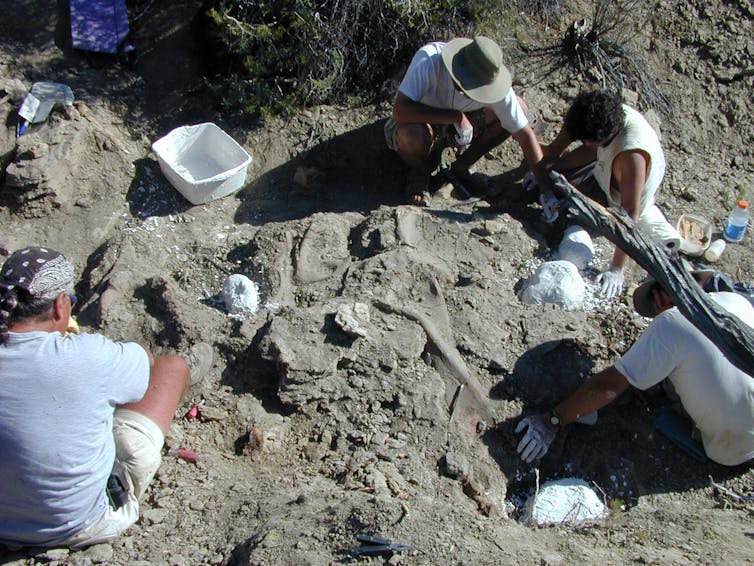
–
4. How a Native American Interior Secretary sees it
The stark difference between the Trump and Biden administrations’ public land policies can be summed up by comparing their respective interior secretaries.
President Trump chose U.S. Rep. Ryan Zinke of Montana to head the agency, which manages more than 480 million acres of public lands, including national monuments. Zinke, who supported opening public lands for oil and gas development and mining, led a review that proposed shrinking the three monuments Biden has just restored.
President Biden’s interior secretary, former U.S. Rep. Deb Haaland of New Mexico, is the first Native American to head the agency that maintains government-to-government relationships with and provides services to Native American Indian tribes and Alaska Native entities.
“For Native Americans, seeing people who look like us and are from where we come from in some of the highest elected and appointed offices in the U.S. demonstrates inclusion. Indian Country finally has a seat at the table,” writes Arizona State University Indigenous studies scholar Traci Morris.
https://youtu.be/vSYw43bEIII
Utah Native Americans support President Biden’s decision to restore Bears Ears and Grand Staircase-Escalante to their original boundaries.
–
5. Monuments aren’t always beloved at first
Some of the most popular U.S. national parks initially were protected as national monuments, then expanded and given national park status by Congress years later. They include Acadia in Maine, Joshua Tree in Southern California, and Arches in Utah.
But a site’s merit may not be obvious at first. As Arizona State University’s Stephen Pyne writes, the first Europeans who explored the Grand Canyon in the 18th and 19th centuries thought it was unremarkable or worse; one called it “altogether valueless.”
Then geologists working for the federal government traversed the canyon, and wrote rapturous accounts that recast it as a marvel – a shift that Pyne calls “an astonishing reversal of perception”:
“The geologic mystery of the canyon is how the south-trending Colorado River made a sudden turn westward to carve its way, cross-grained, through four plateaus. This is also more or less what happened culturally. Intellectuals cut against existing aesthetics to make a place that looked nothing like pastorals or alpine mountains into a compelling spectacle.”
President Theodore Roosevelt agreed. After making multiple visits to the canyon, he designated it as a national monument in 1908.
–
–
Read more: Grand Canyon National Park turns 100: How a place once called ‘valueless’ became grand
Editor’s note: This story is a roundup of articles from The Conversation’s archives.
–
- Conservation
- Oceans
- Environmental law
- Paleontology
- Archaeology
- National parks
- Endangered species
- Native Americans
- Grand Canyon
- National monuments
- Utah
- Trump administration
- Antiquities Act
- Public lands
- Ryan Zinke
- Interior Department
- Bears Ears
- Biden administration
- Deb Haaland
–
Author
- Jennifer Weeks, Senior Environment + Energy Editor, The Conversation
Interviewed
- Eric Biber, Professor of Law, University of California, Berkeley
- John Freemuth, Cecil D. Andrus Endowed Chair for Environment and Public Lands and University Distinguished Professor, Boise State University
- Mark Squillace, Professor of Law, University of Colorado Boulder
- Nicholas Bryner, Assistant Professor of Law, Louisiana State University
- P. David Polly, Professor of Earth and Atmospheric Sciences, Biology and Anthropology, Indiana University
- Sean B. Hecht, Professor of Policy and Practice, UCLA School of Law, University of California, Los Angeles
- Stephen Pyne, Emeritus Professor of Life Sciences, Arizona State University
- Traci Morris, Executive Director, American Indian Policy Institute, Arizona State University
Partners
We believe in the free flow of information
Republish our articles for free, online or in print, under a Creative Commons license.
–
Before you go…
The Conversation is a nonprofit organization, and we depend on readers like you to help us do our important work of sharing ideas and knowledge from academia with the public. Your support keeps us going strong. Your donation will help us reach more people with more research-based journalism. Thank you.
Beth Daley,
Editor and General Manager
–
You might also like
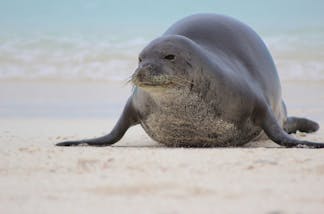
Obama’s Hawaiian marine preserve: Massive potential, monumental challenges
–
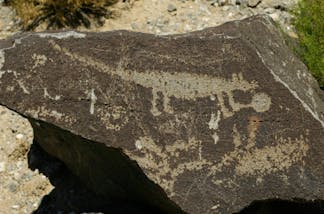
More than scenery: National parks preserve our history and culture
–
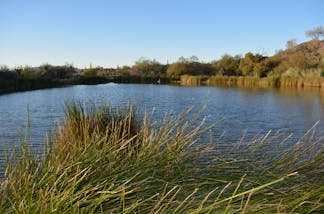
Trump’s border wall threatens an Arizona oasis with a long, diverse history
–
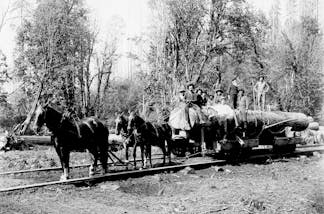
The twisted roots of U.S. land policy in the West
–
Want to write?
Write an article and join a growing community of more than 134,700 academics and researchers from 4,182 institutions.
- Editorial Policies
- Community standards
- Republishing guidelines
- Friends of The Conversation
- Analytics
- Our feeds
- Donate
–
Privacy policyTerms and conditionsCorrections
Copyright © 2010–2021, The Conversation US, Inc.
–
–
–
(For the source of this, and many other equally intriguing and important articles, please visit: https://theconversation.com/biden-restores-protection-for-national-monuments-trump-shrank-5-essential-reads-169573/)








